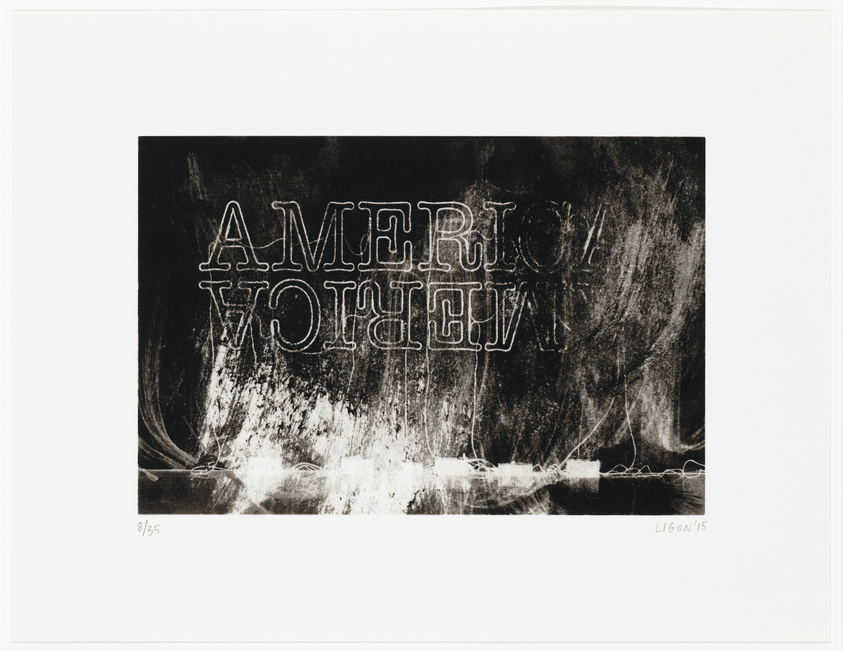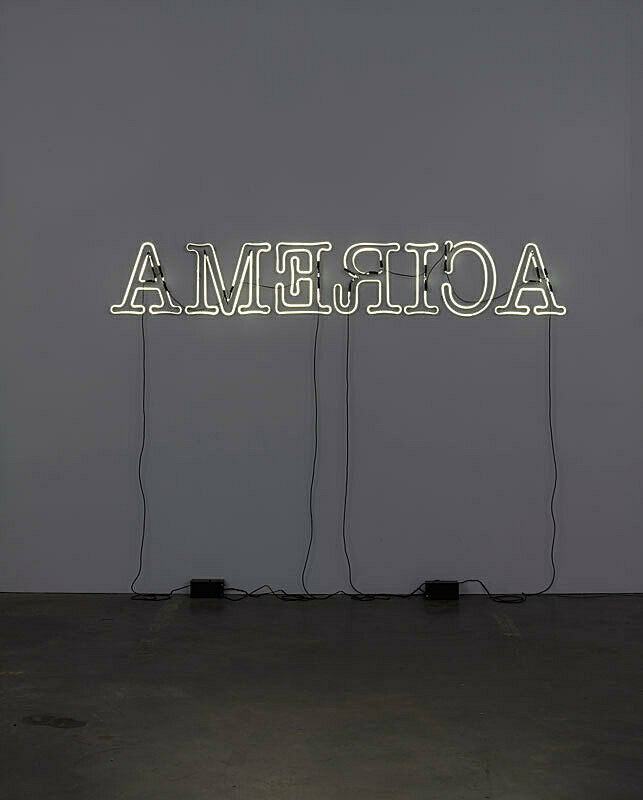Glenn Ligon, Notes on the Margin of the Black Book, 1991–1993
Mar 11, 2011
0:00
Glenn Ligon, Notes on the Margin of the Black Book, 1991–1993
0:00
Narrator: The 1993 Whitney Biennial was both praised and vilified for its focus on political art. Glenn Ligon and Thelma Golden, one of the Biennial curators and now the Director of the Studio Museum in Harlem, recall the response to Notes on the Margin of the Black Book.
Glenn Ligon: My experience of the piece at the time was through the guards of the Whitney Museum. I'm friends with all the guards, and so whenever I went to see the 1993 biennial, and asked the guards how people were responding to the show, they would tell me that visitors to the show would read every single quotation in the piece. . . .The fact that people were reading every single quote spoke to me about a sort of hunger to think about, to be immersed in, the kinds of debates around the images.
Thelma Golden: I think one of the most important things that Glenn did is that he opened up this work in a away that pushed away from that kind of yes/no, right/wrong, black/white reading that had been attached to it . . . He sort of creates the space to allow you to understand that images are complicated. And that’s the space, perhaps, in which they are most powerful.
Narrator: Notes on the Margin of the Black Book remains a landmark of the art of the 1990s.


